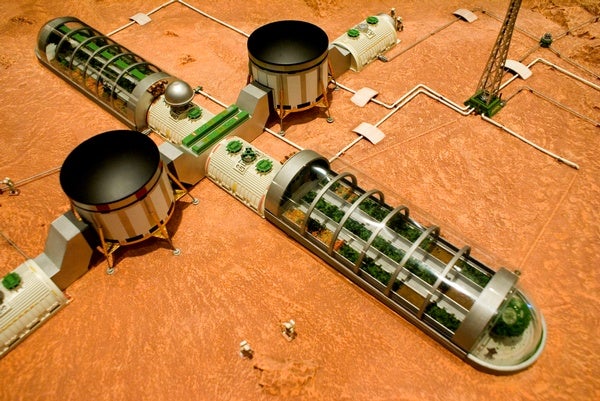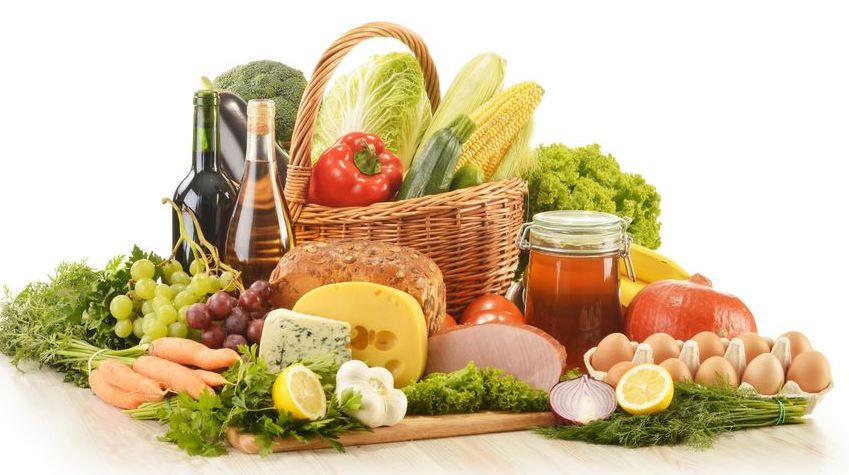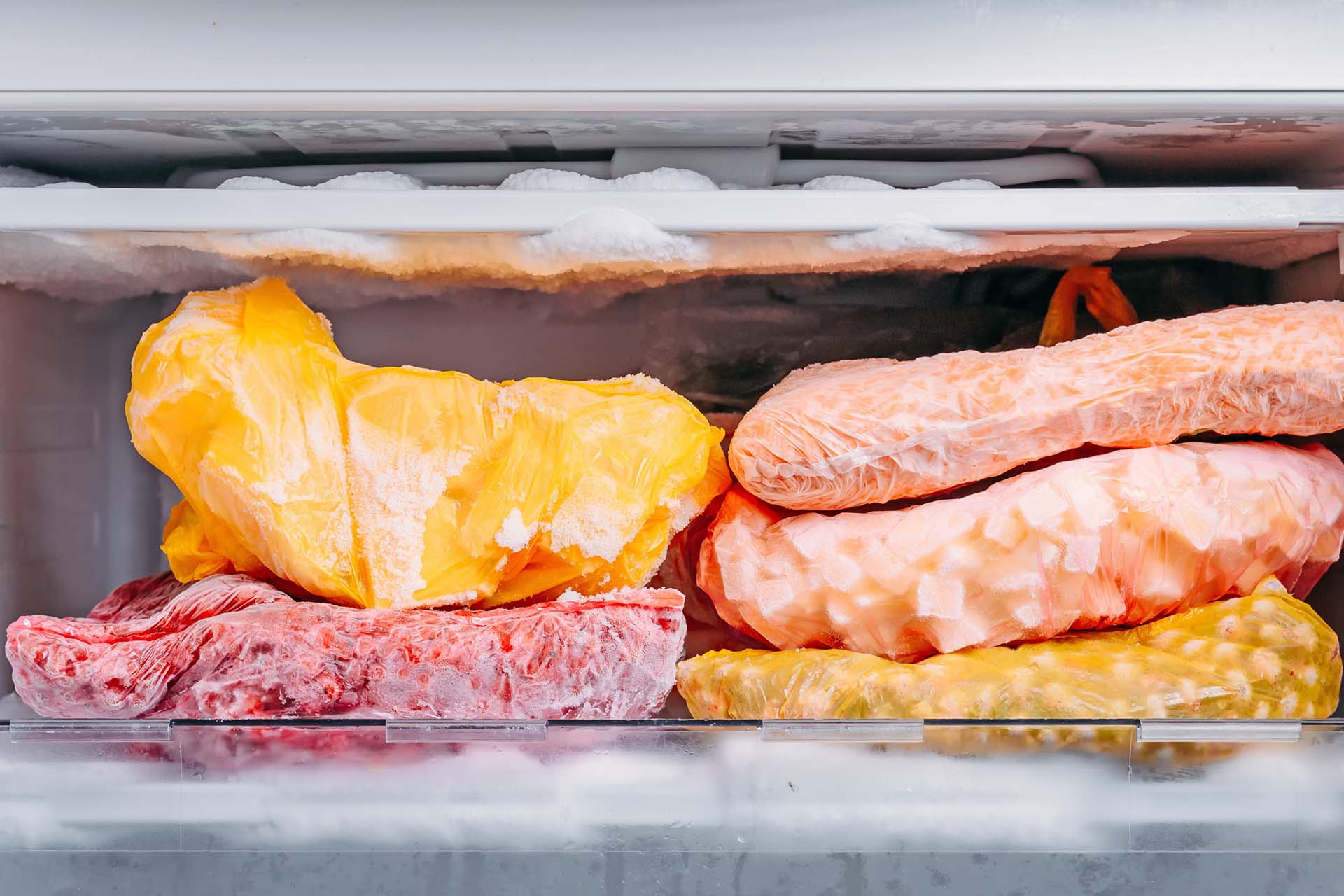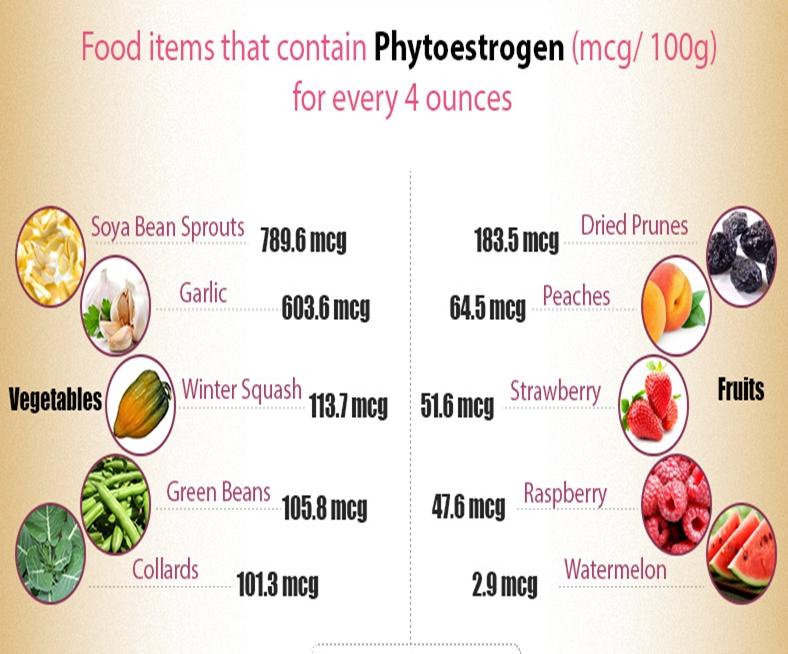Growing food on Mars is a challenging task due to its harsh conditions and limited resources. However, it is an essential step for establishing human presence and sustainability on the Red Planet.

1. Choose the Right Location:

Select a location on Mars that offers adequate sunlight, water accessibility, and protection from radiation storms. Regions near the equator with moderate slopes and access to water sources like glaciers or underground ice deposits are suitable candidates.

2. Prepare the Soil:
Martian soil, known as regolith, lacks organic matter and nutrients necessary for plant growth. To prepare the soil, you’ll need to import organic matter (e.g., composted plant material) from Earth or create artificial soil using minerals and nutrients found on Mars. You may also need to add fertilizers to enhance soil fertility.
3. Create a Greenhouse or Controlled Environment:
Mar’s harsh conditions require a controlled environment for growing crops. Constructing greenhouses or sealed chambers with controlled temperature, humidity, and atmosphere is crucial. These structures can protect plants from extreme temperatures, radiation, and dust storms.
4. Select Plants:
Choose plant species that can thrive in the Martian environment. Consider crops that are resistant to radiation, drought-tolerant, and relatively easy to cultivate. Some potential candidates include potatoes, tomatoes, lettuce, spinach, radishes, and certain herbs.
5. Provide Artificial Lighting:
Due to Mars’ distance from the Sun and variations in sunlight throughout the Martian year, artificial lighting is necessary to ensure sufficient light for plant growth. LED lighting systems are a good option as they are energy-efficient and can be tailored to specific plant needs.
6. Manage Water Resources:
Water is a scarce resource on Mars. Utilize water-saving techniques such as drip irrigation and hydroponics, which require less water than traditional farming methods. Additionally, explore methods for extracting water from Martian ice deposits or recycling water from various sources.
7. Control Temperature and Humidity:
Martian temperatures can fluctuate drastically. Maintain a stable temperature range within the greenhouse or controlled environment using heating and cooling systems. Humidity levels also need to be controlled to prevent excessive condensation and mold growth.
8. Monitor and Adjust:
Continuously monitor plant growth, soil conditions, and environmental parameters. Make adjustments to lighting, temperature, humidity, and nutrient levels based on observations and data analysis. This feedback loop is crucial for optimizing crop growth and ensuring successful harvests.
9. Consider Vertical Farming:
Vertical farming techniques involve stacking crops in vertical layers, maximizing available space and increasing crop yields. This method is particularly suitable for Martian environments, where land is scarce and resources are limited.
Growing food on Mars is a multifaceted endeavor that requires meticulous planning, technological innovation, and a thorough understanding of the Martian environment. However, with continued research and progress, establishing sustainable agriculture on Mars can pave the way for future human exploration and settlement.










